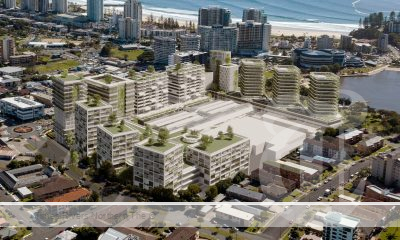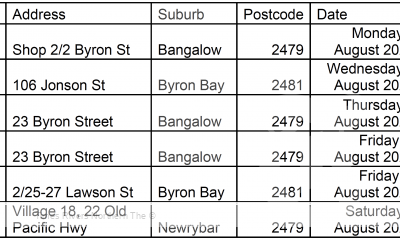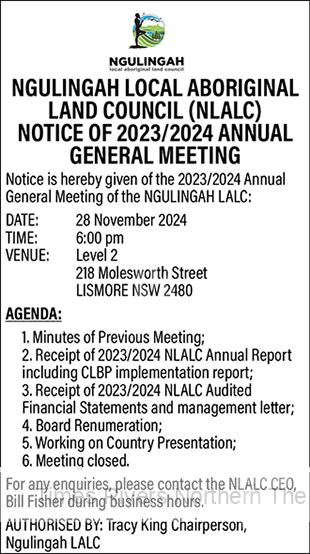Economy ‘On Life Support’ as Inflation and High Interest Rates Take Their Toll
Robert Heyward
Australia’s economy continues to show signs of strain, with per capita GDP shrinking for the sixth consecutive quarter in June, according to the latest data from the Australian Bureau of Statistics (ABS). The economy experienced a 0.4% drop in per capita GDP, mirroring the March quarter decline and confirming ongoing concerns about a per capita recession. While the broader economy grew by 0.2% during the June quarter, this marks the slowest annual growth rate since 1991-92, excluding the pandemic years.
Stephen Smith, a partner at Deloitte Access Economics, noted that the figures are unsurprising to struggling households. “The economy remains on life support as inflationary pressures continue to bite,” he said, echoing sentiments that the current economic environment is far from stable.
Weak Household Demand and Inflationary Pressures
The ABS highlighted that subdued household demand was a key factor in the sluggish growth, with household consumption subtracting 0.1 percentage points from GDP this quarter. The ongoing impact of inflation and high interest rates has caused a significant reduction in discretionary spending, a trend likely to persist as households continue to tighten their budgets.
Smith suggested that while inflation remains a priority, there may be a shift in economic focus. “The economy has likely hit the bottom of the trough, and now the conversation needs to move beyond just inflation.”
Interest Rates: Have They Peaked?
With per capita economic growth contracting for six consecutive quarters, many economists believe that interest rates may have reached their peak. PropTrack economist Anne Flaherty said the data raises concerns. “We haven’t seen this level of persistent negative per capita growth in decades,” she noted.
Smith was more definitive in his view, stating that the ABS data indicates interest rates have peaked. All eyes are now on the Reserve Bank of Australia (RBA), with Flaherty suggesting that the central bank may hold rates steady in its next meeting. “While the expectation is that rates won’t move, it will be fascinating to see what the RBA highlights, given the broader economic challenges.”
Households Feeling the Squeeze
Essential spending, including rent and other housing-related costs, rose by 0.5% in the June quarter, underscoring the pressure on household budgets. Flaherty pointed out that most household income is being funnelled into higher rent and mortgage payments, leaving little room for savings or discretionary spending. “For first-home buyers, the outlook remains incredibly tough,” she said, adding that saving for a deposit is taking much longer due to these financial constraints.
Homeowners aren’t faring much better, with many finding they have little left after mortgage repayments and general living expenses. Flaherty warned that more households might continue to struggle as economic pressures mount.
Government Response: Data Highlights Pressure on Households
Treasurer Jim Chalmers acknowledged that the small uptick in GDP growth was driven by persistent but moderating inflation, as well as ongoing global uncertainties. “This data clearly shows the pressure households are under,” Chalmers said. He added that the government’s economic plan is focused on fighting inflation without causing further damage to an already weak economy.
However, shadow treasurer Angus Taylor was quick to criticise, accusing Chalmers of mismanaging inflation and the economy. Taylor argued that the treasurer’s focus on the RBA has detracted from addressing homegrown inflation, further worsening the economic situation. “This looks, feels, and smells like a recession,” Taylor said, pointing to the rising cost of living and sluggish economic growth as failures of Labor’s economic policies.
Signs of Optimism Amid Economic Woes
Despite the bleak data, Smith noted a few positive developments. The upcoming Stage 3 tax cuts are expected to increase real household income by around one percentage point in the coming year. Additionally, support payments, such as energy bill subsidies, will provide some relief to consumers, offering a potential boost to retail and wholesale industries.
On the housing front, there was a modest 0.1% increase in dwelling investment, driven by a 2.5% rise in new house completions. This is a welcome sign for the construction sector, which has faced challenges related to labour shortages and rising building costs.
Flaherty also struck a cautiously optimistic tone, noting that while the economic growth figures are meagre, they are still positive thanks to strong population growth. “More people means more consumption and demand, which is helping to keep the economy afloat,” she said.
Conclusion
Australia’s economy is navigating a challenging period, with inflation, high interest rates, and shrinking per capita GDP weighing heavily on households. While there are some signs of optimism, such as tax cuts and increased household support, the broader economic outlook remains uncertain as the RBA and the government work to strike a balance between managing inflation and supporting growth.
For more real estate news, click here.





 Tweed Shire News2 years ago
Tweed Shire News2 years ago
 Motoring News2 years ago
Motoring News2 years ago
 COVID-19 Northern Rivers News3 years ago
COVID-19 Northern Rivers News3 years ago
 COVID-19 Northern Rivers News3 years ago
COVID-19 Northern Rivers News3 years ago
 Northern Rivers Local News3 years ago
Northern Rivers Local News3 years ago
 Health News3 years ago
Health News3 years ago
 COVID-19 Northern Rivers News3 years ago
COVID-19 Northern Rivers News3 years ago
 NSW Breaking News3 years ago
NSW Breaking News3 years ago































